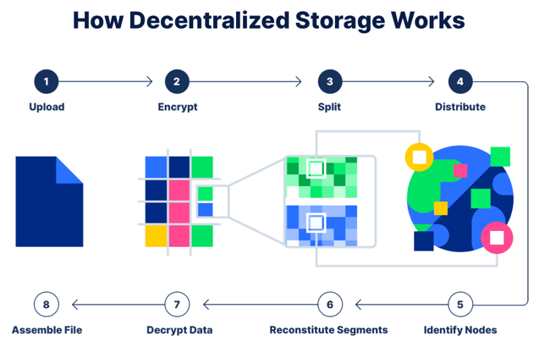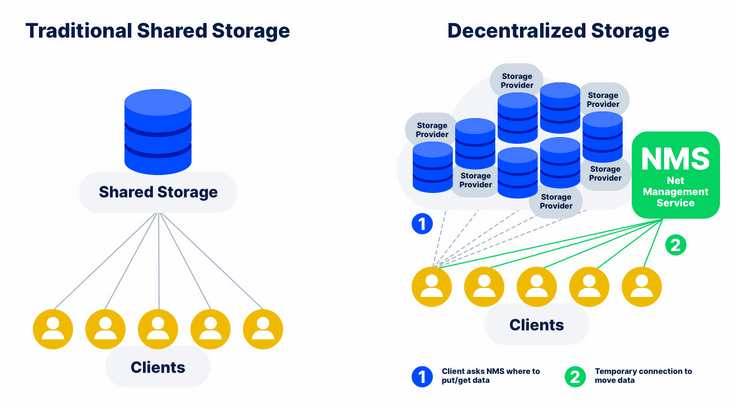NAB Show: Storj Demonstrates Next-Gen Cloud Storage Outperforming AWS
And other hyperscalers, redefining streaming and file sharing speed for M&E companies
This is a Press Release edited by StorageNewsletter.com on April 18, 2023 at 2:01 pm- Latest version of Storj delivers global media file download speeds more than 40x faster than needed for high definition video
- More environmentally friendly because it uses existing hard drives and eliminates the need for energy-intensive data centers, delivering storage with less than 1/10 of the carbon footprint
- With partners like Atempo, GB Labs, Ad Signal, Amove, and Hammerspace, Storj delivers enterprise-grade storage for up to 1/20 of the cost of AWS
Storj Labs, Inc. will be showcasing the latest version of Storj, with the newest features of its global network at the 2023 NAB Show Centennial.
The latest updates build on the company’s existing distributed model to allow for less latency, reduced data transfer times, and performance, security, and scalability. This next evolution of its network is globally faster than industry giants like AWS, enabling media companies to reduce cloud storage costs by 10x without sacrificing reliability or performance.
Media companies rely heavily on the cloud, for storing and streaming digital assets and also for day to day workflows. With data stored globally across over 22,000 nodes, Storj’s distributed model makes file sharing across teams, regardless of their location because the data is retrieved from the closest nodes. The company’s latest enhancements make the network faster, streamlining workflows and accelerating project timelines for global production teams. Not only does the Storj distributed architecture result in speed of file delivery, it also reduces costs because the files are not required to be replicated across regional data centers.
In addition to video archival and collaboration, Storj’s distributed network has CDN-like performance that makes it a solution for streaming. The distributed global network of nodes store and retrieve data, instead of centralized servers or a CDN. This results in improved performance and lower latency when accessing data globally because there are more paths for the data to take – rather than depending on the performance of a single centralized source. With this advantage, it can provide fast and reliable access to video content around the globe without maintaining or paying for multiple copies stored in different locations.The firm’s latest enhancements make the network up to 40x faster for high definition video downloads.
“Our monthly cloud storage and bandwidth costs were spiraling towards a 6-figure expense, and we knew we needed to find an alternative to the AWS, Vimeo, Wistia, JW Player video tech stack for Tribe Social,” said Bruce van Zyl, co-founder, Tribe Social. “Once we discovered Storj’s decentralized cloud storage solution we realized that we could save significant amounts of money. The cost-savings made it an easy decision to switch, and now our platform reliably distributes videos that load quickly with over 100TB of data transmitted every day.“
Storj is up to 90% less expensive and faster on a global basis than hyperscalers, making it an attractive option for media companies looking to reduce costs while still benefiting from enterprise-grade durability, reliability, and security. In Storj’s distributed model, all data is encrypted, redundantly sharded, and globally distributed, making it resilient to failure. There is no centralized trove of unencrypted data to be attacked by malicious parties or compromised by careless administrators, making it ransomware resistant.
Additionally, because the firm uses existing HDD capacity, it is a green cloud storage solutions available.The global network of storage nodes uses primarily spare capacity on drives already running, requiring no incremental equipment, power or space. Designed from the outset to be environmentally sustainable, the company has been able to create the storage capacity of multiple datacenters without new construction or energy consumption. Analysis suggests that the carbon footprint of the vendor is less than 1/10 of that of more traditional storage.
Resource:
Blog : TribeSocial case study












 Subscribe to our free daily newsletter
Subscribe to our free daily newsletter

